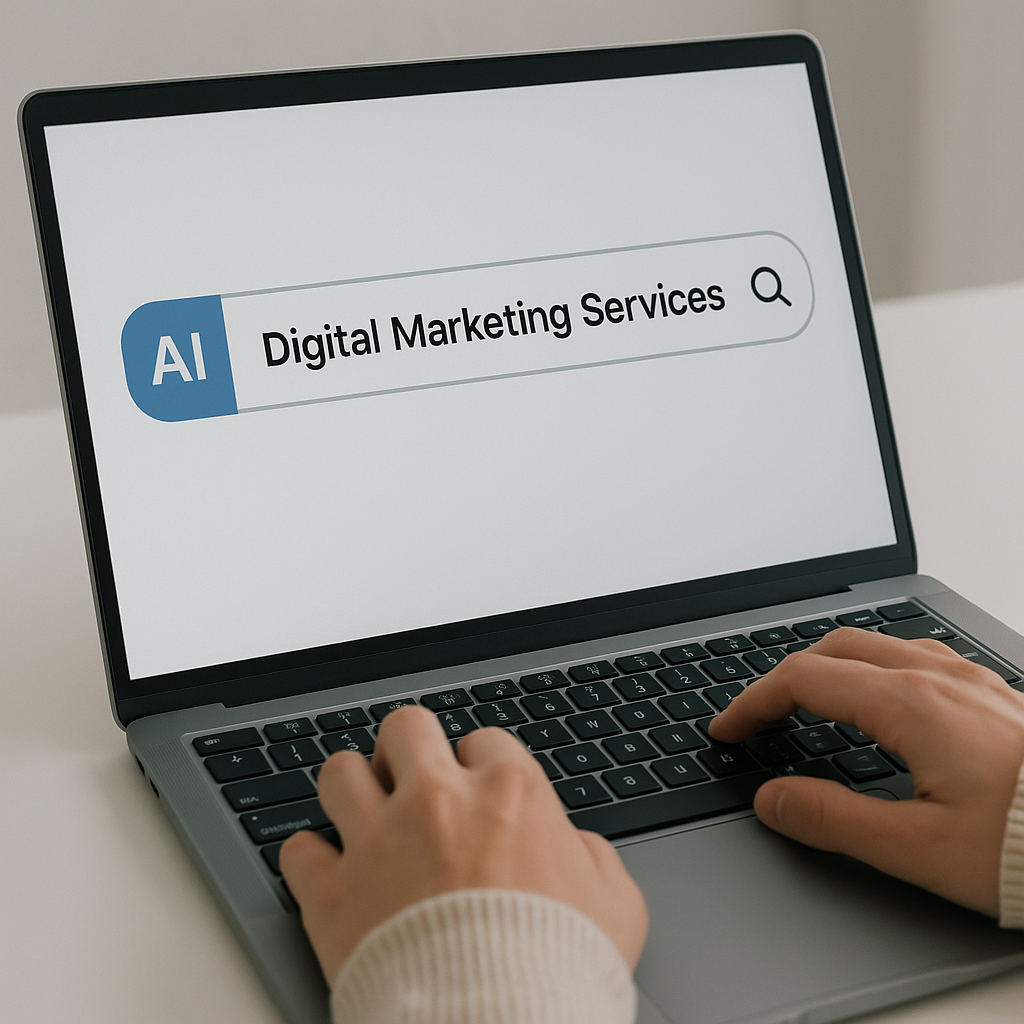Harness the Power of Dynamic Content to Boost Sales
September 28, 2023
In the ever-evolving landscape of digital marketing, staying ahead of the curve is not just an option; it's a necessity. Businesses today are constantly seeking innovative strategies to capture the attention of their target audience and, more importantly, convert that attention into sales. One such strategy that has been gaining immense traction is the utilization of dynamic content. In this article, we will delve deep into the world of dynamic content and unveil how harnessing its power can significantly propel your sales figures.
Understanding Dynamic Content
Dynamic content is not merely a buzzword; it's a game-changer. To comprehend its potential, let's break it down. Dynamic content refers to website or marketing content that automatically adapts and changes based on a user's behavior, preferences, or demographics. It tailors the messaging and presentation to suit the individual, creating a personalized and engaging experience. The days of one-size-fits-all marketing are long gone, and dynamic content is at the forefront of this paradigm shift.Personalization: The Cornerstone of Effective Marketing
At the heart of dynamic content lies personalization. In the digital age, consumers are inundated with information and options. Standing out amidst this sea of content is no easy feat. This is where personalization steps in as the game-changer. By delivering content that speaks directly to the individual, you are not just grabbing their attention; you are holding it.Personalization involves understanding your audience's preferences, behaviors, and needs. It's about crafting a message that resonates on a personal level. Whether it's tailoring product recommendations, addressing the user by name, or providing content relevant to their recent interactions, personalization leaves a lasting impression.
How Dynamic Content Enhances Sales
Now that we've established the importance of personalization through dynamic content, let's explore how it directly impacts your sales.1. Increased Engagement
Engagement is the first step towards conversion. When users encounter content that aligns with their interests and needs, they are more likely to stay on your website longer. Dynamic content keeps visitors engaged by presenting them with content they find valuable. This extended engagement increases the chances of conversion significantly.2. Higher Conversion Rates
Dynamic content doesn't just keep users on your site; it guides them through the sales funnel. By presenting tailored offers, product recommendations, and call-to-action buttons, you can guide users towards making a purchase decision. This results in higher conversion rates, a holy grail for any business.3. Improved Customer Retention
It's not just about acquiring new customers; retaining existing ones is equally vital. Dynamic content enables you to continue personalizing the user experience even after the initial conversion. You can send personalized emails, recommend complementary products, and offer exclusive discounts based on past interactions. This fosters customer loyalty and repeat business.Implementing Dynamic Content Effectively
To harness the power of dynamic content, a strategic approach is essential.1. Data Collection and Analysis
The foundation of dynamic content is data. You must collect and analyze user data comprehensively. This includes demographics, browsing history, purchase behavior, and more. The more data you have, the more personalized you can make the content.2. Content Mapping
Map out the customer journey and identify key touchpoints where dynamic content can be implemented. This might include homepage banners, product pages, email marketing, and even personalized recommendations during checkout.3. Content Creation
Crafting dynamic content requires creativity and technical expertise. You'll need to create various versions of content pieces to cater to different user segments. This can include dynamic headlines, images, product descriptions, and more.4. Testing and Optimization
Dynamic content is not a set-it-and-forget-it strategy. Continuous testing and optimization are crucial. A/B testing different versions of dynamic content can help you identify what resonates best with your audience.In Conclusion
Dynamic content is a powerful tool that can supercharge your sales efforts. By understanding your audience and delivering personalized experiences, you can engage, convert, and retain customers like never before. In the competitive digital landscape, harnessing the power of dynamic content is not just an advantage; it's a necessity. So, take the leap, embrace personalization, and watch your sales soar to new heights. Featured Resources
Check Our Latest Resources

Proven ROI has been recognized as one of the Most Innovative Companies to Watch 2024 by CIO Bulletin—a testament to the company’s forward-thinking approach to CRM investments and strategic partnerships. By working closely with leading CRM platforms like HubSpot, Proven ROI is revolutionizing how businesses manage customer relationships, scale their operations, and drive growth.



